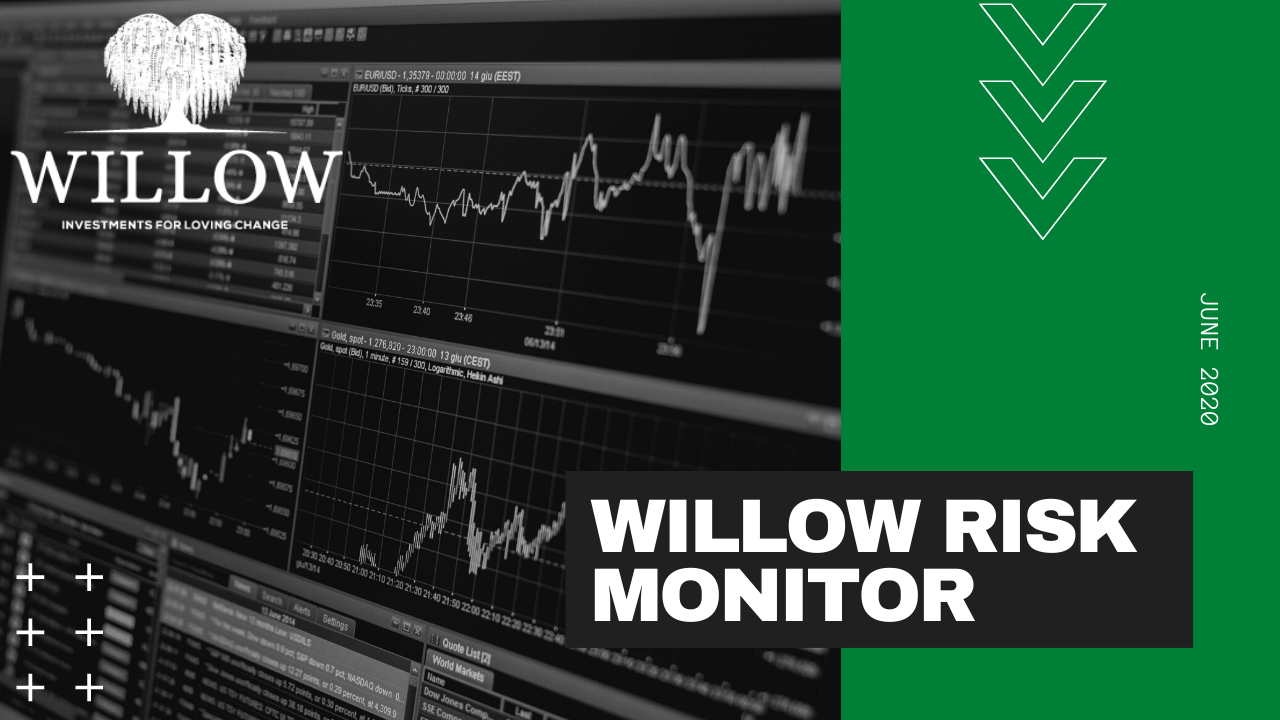Would you like to get this newsletter right in your inbox every Monday? Sign up below!

Insights for the conscious investor.
|
Tech & Innovation: Robots, AI, oh my!
Cryptocurrency: The digital revolution continues.
Carbon, Climate, and the Environment: The not-so-silent crisis.
Social Justice, Diversity, & Ethics: No more tradeoffs.
Sustainable Investing: Align your dollars with the rest of your life.
Solutions: Don’t doubt human ingenuity.
|
Would you like to get this newsletter right in your inbox every Monday? Sign up below!
About this newsletter:
This newsletter is curated by professional financial advisors, wealth managers and market researchers at Willow Investments for Loving Change. We sift through the daily noise to find nuggets of emerging trends and developments in our ever-changing world, focusing on the intersection of capitalism, consciousness and social & environmental justice. How these worlds converge directs the course of our future. One way we can make loving change is to share what we are discovering. www.investwithwillow.com
This newsletter is curated by professional financial advisors, wealth managers and market researchers at Willow Investments for Loving Change. We sift through the daily noise to find nuggets of emerging trends and developments in our ever-changing world, focusing on the intersection of capitalism, consciousness and social & environmental justice. How these worlds converge directs the course of our future. One way we can make loving change is to share what we are discovering. www.investwithwillow.com


Disclaimer: Neither the information nor any opinion expressed herein constitutes an offer or a solicitation of an offer to buy or sell securities. This newsletter is for general informational purposes only. All information is provided in good faith, however we make no guarantee regarding the accuracy of any information contained herein. Please review our Privacy Policy, Disclaimer and Terms of Use & Conditions for more information.
Share this on social media using the buttons below.
























